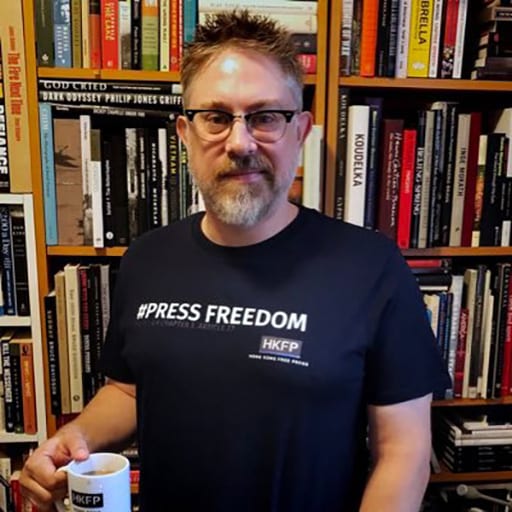Photojournalist Bud Lee can be considered one of the great, but overlooked, American photographers from the late 20th century. Between 1967 and 1974 his work appeared in magazines such as Life, Esquire, and Rolling Stone. He covered the first legal ...




